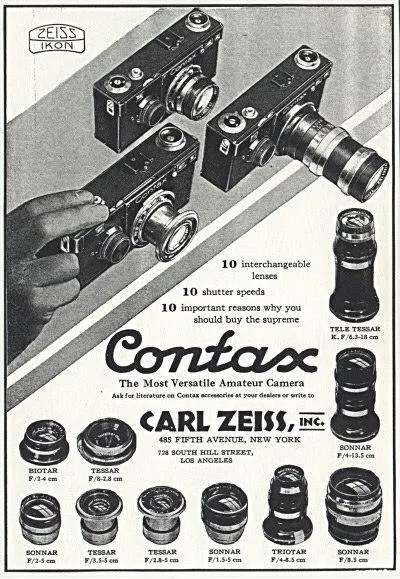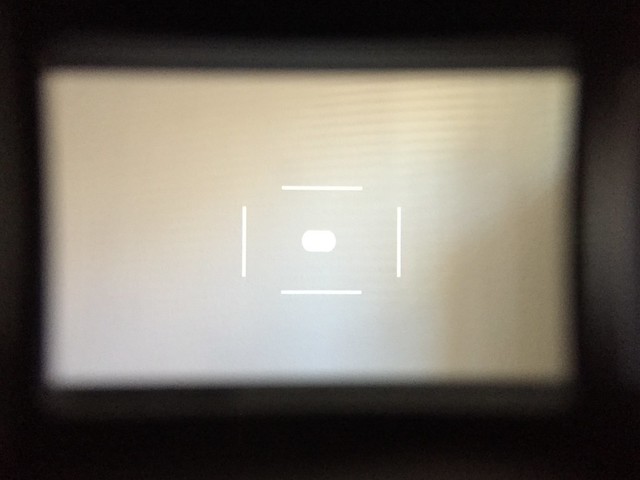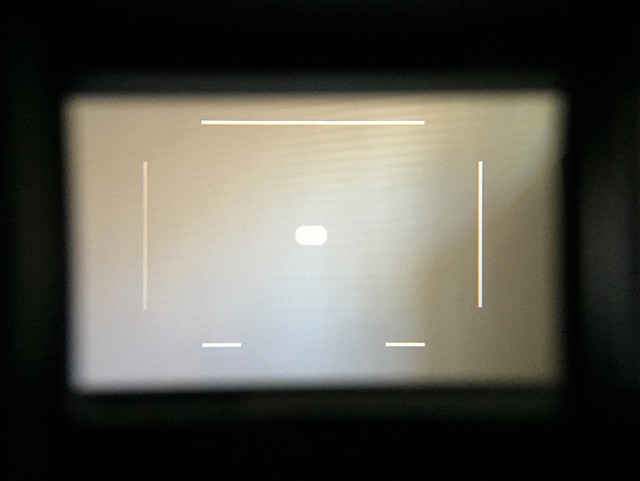I love rangefinders, I prefer them vastly over the Single Reflex Cameras. It’s just about the enjoyable of the experience that rangefinder cameras provide, and how it seamlessly connects with the way I take pictures. I don’t like the restrains of the SRL viewfinder, its like encaging the eye. To trap everything in a dark box feels to me like a totalitarian approach to the scene, whereas the rangefinder viewfinder feels unrestricted, as if engaged in a candid conversation with the reality that flows through the frame lines. SLRs certainly have their irrefutable benefits, and therefore I have tried to like them but I have ended up parting from the cameras that I’ve tried: Canon Digital, Canon AE1 and Leica R8 & R6. It’s just not my weapon of choice.
That is why unconsciously, I had my reserves when I came to think about the Nikon Rangefinders, nowadays our brains make an instant connection between Nikon and SLRs. Why was I thinking about the Nikon Rangefinders if I have a Leica system that I love? Well, I would say it was because of Leica itself and my never ending curiosity for optical mechanics. I have enjoyed very much my experience with Leica rangefinders, I feel at home when I am with a M film camera and a lens, but I have always been lured by the “other” rangefinder system, the Contax, the one that Nikon copied when released the Nikon I in 1948 and continued to develop when, after some major flops regarding film compatibility with the Nikon I and Nikon M, the Nikon S was introduced in 1951.
The classic Contax-Nikon Rangefinder
The whole Contax system has always appealed to me, I like the mechanical design of the barrel mount, the optical design of the lenses, and how the Carl Zeiss engineers (all hail to Ludwing Bertele) developed the Sonnar, Biogon and Diastagon designs that are the standard of many of today’s objectives. The interest in the system was also encouraged by the tragi-comic outcome of its evolution as both Contax and Nikon rangefinder cameras were the core base from where their respective engineers developed the Single Reflex Cameras that finally would depose the rangefinder as the ruling photographic system.
Both Contax and Nikon rangefinder systems are deeply related, being Nikon the continuation of the Contax. Released in 1932 and designed as a camera system from the start (meaning a camera body plus a wide array of lenses of different focal lengths that would satisfy all the possible photographic needs) the Contax rangefinder gave almighty Leica a fierce competence providing faster lenses and higher shutter speeds than the ones offered by Leica at the time. All these elements made Contax the camera chosen by many photojournalist until the end of World War II. This is when Nikon was ready to take the baton, they redesigned their standard lens mount by using Leica’s parameters in the standard focal length, rather than the one already established by Zeiss, which meant that a significant focus difference between Nikkor S and Contax lenses at close range and wide apertures from 50mm and up, but no significant difference for widE angle lenses due to the depth of field. Despite those changes the Nikon is Contax’s true heir, they expanded and consolidated the system, designing and releasing a wide range of lenses from 21mm up to 250mm.
The new Contax-Nikon rangefinder system
The main reason why I had never decided to acquire a Contax – Nikon Rangefinder system, was because of their age (50+ years), by now many of the bodies and lenses available have noticeable defects, so you have to either pay way more in a mint condition lens, or pay for a CLA amd live with the faded coatings, scratched elements, and beaten up barrels. But then I noticed the Voigtlander SC lens range and I started to give it a serious thought. Launched 13 years ago in Photokina 2002 as part of the rangefinder renaissance promoted by Cosina, the SC line offered for the first time in more than 40 years a variety of brand new lenses in Nikon S mount. Sadly the hype didn’t caught up and the line was discontinued in 2005 after only one production run.
Like the original Contax, the Voigtlander SC lens range was designed as a system, one body plus 7 lenses: 5 Color Skopar lenses, 21mm, 25mm, 28mm, 35mm and 50mm, sharimg the same 43mm filter thread; one high speed Nokton 50mm f/1,5 with a 52mm filter threa; and one small telephoto Apo Lanthar 85mm with a 39mm filter thread. Additionally a special lens the 50mm Heliar f/3,5 was designed for the Nikon Historical Society kit.
Another advantage is that you are acquiring considerably newer lenses featuring modern coatings and derived from the classic Zeiss constructions later adopted by Nikon, mainly Biogons and Sonnars.
- The Voigtlander Bessa R2S
My main concern in this project was the Bessa R2S body. I have read many negative comments about the Bessa line in general, and how they are plastic toy like cameras, not reliable, and that you should better stay away from them and go for the “real deal” instead, meaning go for a Leica (in the case of the Bessa R2) or a Contax or a Nikon (in the case of the Bessa R2C and R2S).
Biased by such comments I considered the affordable Nikon options, the S2 do not have parallax correction, it only has 50mm frame lines and the prices for a fully operational body in respectable cosmetic condition took me to the US$400 – 500 range, the S3 has more features, but is significantly more expensive, around US$700 – 1000 for a body in the same condition. On the other hand the Bessa R2S, although very difficult to find, falls in the same price range of the S2, but it has more features than the S3 and it is only 13 years old. So, hesitantly I decided for the Bessa R2S, being able to find a very nice one for a reasonable price.
When I got the camera I was very surprised about the quality of its construction. The only plastic components are frame selector, part of the advance lever, and the shutter release button.
The Bessa R2S has an internal frame made of Aluminum cast. Aluminum die casting alloys are lightweight, offer good corrosion resistance, ease of casting, good mechanical properties and dimensional stability. Leica M film cameras’ body frames are also made of Aluminum. The Bessa R2S top cover, bottom cover and back door is made of Magnesium cast. Magnesium alloys are noted for low weight, high strength to weight ratio, exceptional damping capacity, and ease of machining. Leica R9 top plate and modern Leica M digital body frames is also made of Magnesium cast.
So we have an full metal body, made of the same materials used by Leica in the construction of many of their cameras. The Bessa R2S feels solid and well built. It has a textured rubber body covering that improves the hand grip, this is really useful considering its small size and weight. Its mechanics are outstanding, and in some way it is very similar to a film SLR such as the back door flip door that opens through a spring released by pulling the rewind lever, and the film loading procedure.
The main complains about the camera are the loud shutter sound and the viewfinder:
- I consider the shutter sound critic way overrated, yes it is loud compared to the Leica M cloth shutter (that is one of the main advantages of such cameras and one of the reasons I like them so mv uch), but it is not louder than the Leica M8 metal shutter, or as loud as the mirror flip of a SLR. I guess that thanks to the M8 the shutter of the R2S doesn’t bother me that much. If I want total stealthiness I would grab the M2.
- Now, the viewfinder is not bad, it is really clear and the frame lines are visible and have good contrast, the rangefinder patch may “disappear” in some situations, such as the M6 patch before I had it upgraded to the MP standard. Nothing to say here, it is what it is, thanks to the M6 school I learned to re-position my eye to overcome this issue, it is annoying when it happens but not a big thing for me.
- Like in any other Bessa you have to select the appropriate frame lines through the frame selector, it is not automatically displayed like in the Leica M. If you forget to change it you will notice it as soon as you feel the lens you are using, believe me.
- The viewfinder has 0.68 magnification, which provides an Effective Base Length of 25.16, this means that accurate focusing is more difficult than with any Leica M (not considering here the Leica CL); that would be true with the Bessa R2 but not with the R2S, because we have to remember that the R2S uses the Nikon Rangefinder focusing system which allows you to do a spot on focus better than with the M system; therefore the whole Effective Base Length thing is just not as relevant for the RS2. More about this in the upcoming lens section.
Conclusion.
The Bessa R2S is a top quality camera at a very convenient price. The whole rant on the internet about the Bessa line is not applicable to this camera; Cosina went the extra mile adapting the Bessa basic body to the Nikon rangefinder concept. This camera was not meant to compete with its Nikon S siblings, as I am sure the use of said cameras is a whole different experience, but to provide a new alternative to enjoy a long dead rangefinder system.









